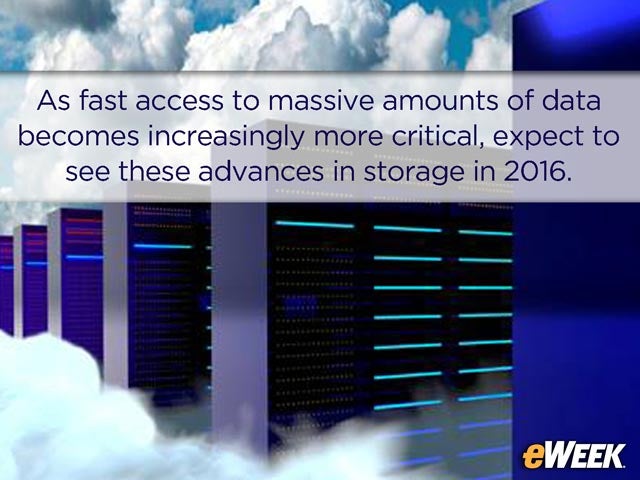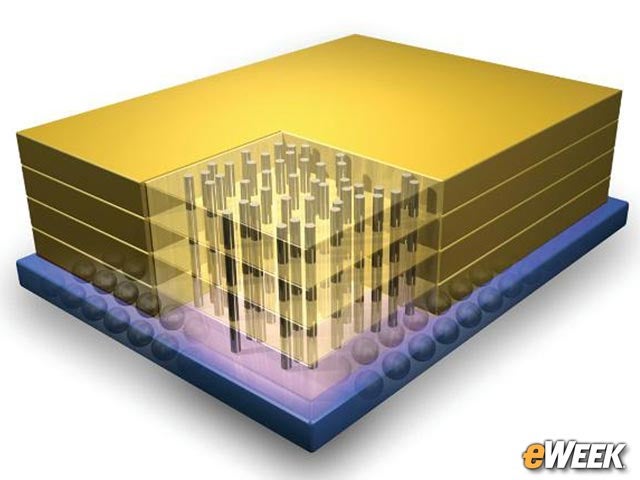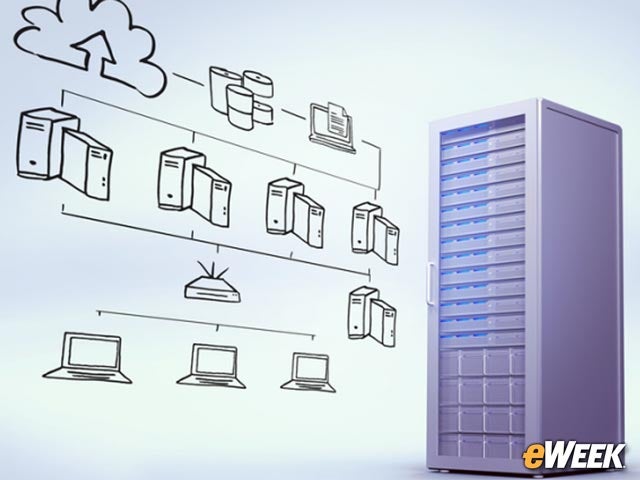eWEEK content and product recommendations are editorially independent. We may make money when you click on links to our partners. Learn More.
1IBM Sees Flash, Hyper-convergence Among Top 2016 Storage Trends
2Flash-Based Data Storage Takes Off
In 2016, watch the move of external disk storage to flash accelerate for all active, Tier 1 storage needs. By 2019, flash will dominate disk storage. Customers are adopting flash because of it is inherently fast and easy to manage. Flash storage allows for the compression and deduplication of data more efficiently. It is also cheaper to manage and replace; plus, it takes up less space in data centers, and requires less electricity and cooling. Today, it is already cheaper to deliver a certain input/output operations per second (IOP) load on flash than disk.
3Stacking Technology Is Entering a Third Dimension
The flash memory inside our phones, tablets and solid-state drives (SSDs) is getting faster, cheaper and more capable every year, but there is a limit to how much data we can pack inside a given area of silicon—and current technology is already pushing that limit. So vendors will need to move two-dimensional memory cells in storage technology into the third dimension, which is called 3D stacking.
4Cold Storage Will Become a Hot Technology in 2016
Storage vendors will step up efforts in alternative technologies for cold data storage and how to make storage technology faster, cheaper and denser. High capacity, low cost and durability are important goals for cold storage. Presently, data retrieval and response time can be significantly slower for a cold storage system than for devices or systems designed for active data. Media choices for cold storage include tape or low-cost commodity hard disk drives. Object storage—provided by entities such as IBM’s Cleversafe—is one of the most common disk-based storage system types for cold data.
5Hyper-convergence Is Moving From Hype to the Real Thing
IBM is working on Spectrum Scale hyper-convergence software to manage both servers and storage in the same box for some of its customers. Hyper-convergence is a type of infrastructure system with a software-centric architecture that tightly integrates compute, storage, networking and virtualization resources and other technologies from scratch in a hardware box supported by a single vendor, such as IBM.
6Software-Defined Storage Will Spiral Upward
While smaller businesses are increasingly moving to software-as-a-service (SaaS) applications and cloud-based storage in pursuit of lower costs and greater agility, most enterprises need to pursue a hybrid strategy, retaining a significant amount of storage capacity on-premises for reasons of performance, security, regulatory compliance, cost and the avoidance of cloud service lock-in. Typically, an enterprise will keep mission-critical data in-house, using the cloud for lower-priority data and for coping with episodic capacity requirements that fall outside the normal run of business. In 2016, we’ll see more solutions based on software-defined scale-out storage to provide enterprises with more flexible management capabilities.
7More Companies Will Look to the Cloud for Storage Needs
The storage of data online in the cloud, where a company’s data is stored and accessible from multiple distributed and connected resources, will become huge in 2016. Enterprises and midmarket firms will be looking for more solutions like IBM SoftLayer to manage all of their storage needs. Storage will become an enabler to high-performance cloud computing. Storage is a major component to the cloud and will continue to be a fundamental driver of performance.






